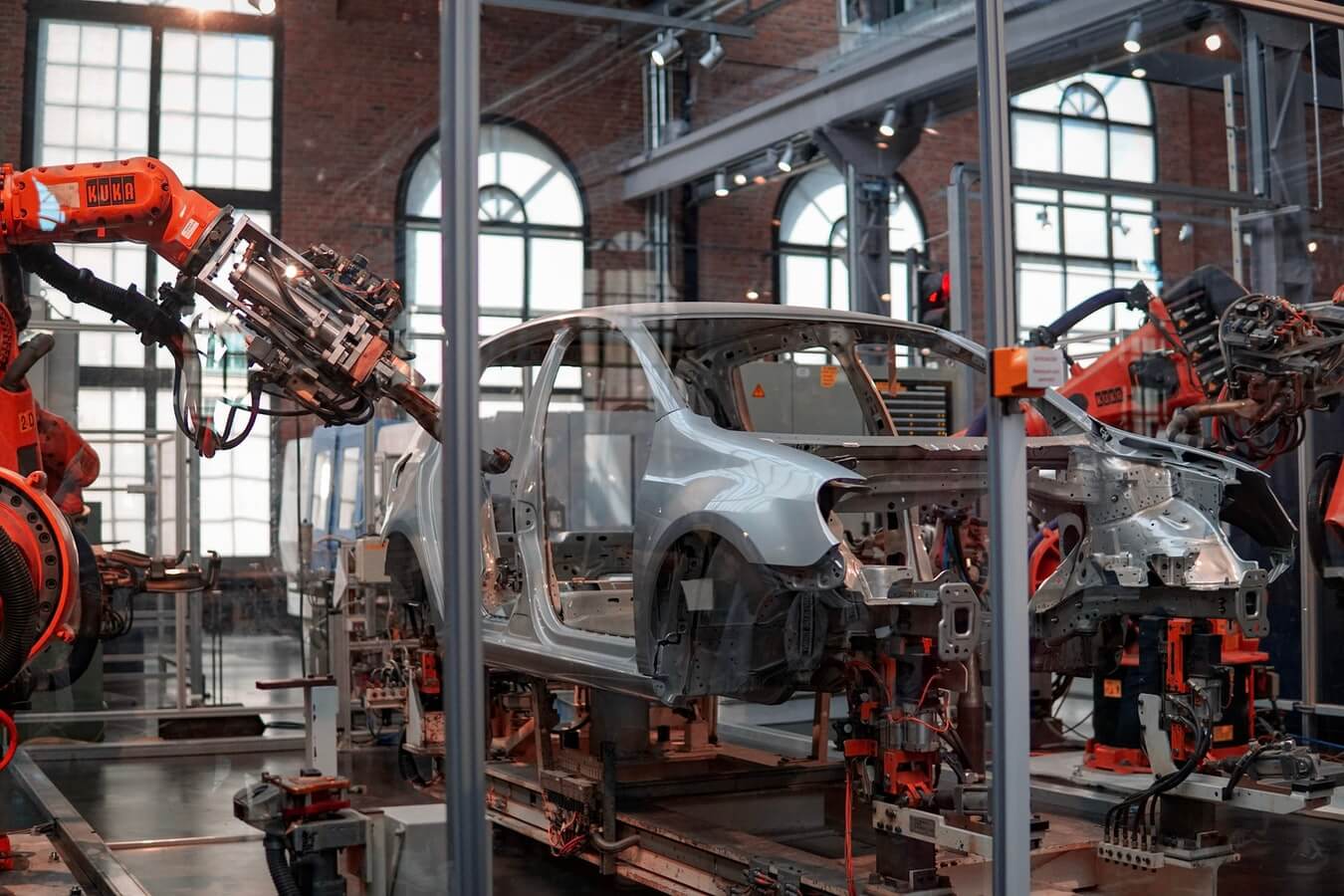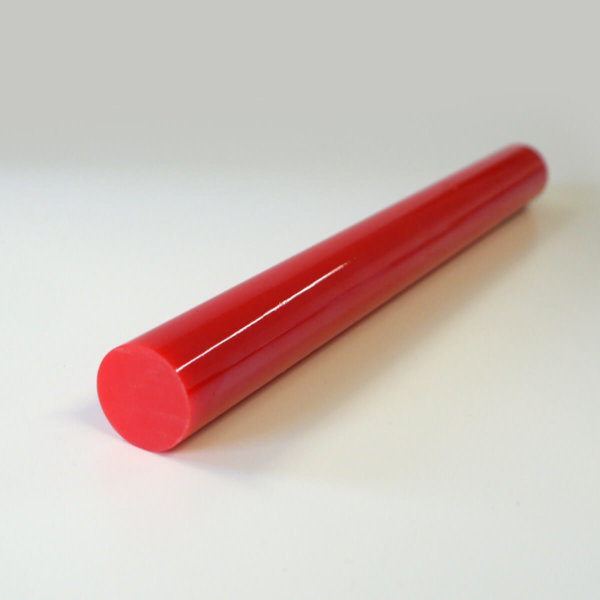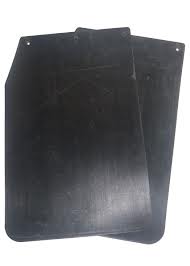Having one material that solves limitless industrial and engineering design requirements sounds too good to be true. However, the versatility of polyurethane (PU) is now well known, and it is in demand in countless automotive, constructions, electronics, power and agricultural applications. The economic repercussions are considerable.
What many specifiers are beginning to realise is that PU is not just a valuable problem solver.
Its price point and possibilities also make it vital for profitable growth. Indeed, in some applications, polyurethane is proving to be an R&D lifeline, that makes new product development feasible.
PU could also be saving companies literally hundreds of pounds every minute, due to reducing incidents of machine downtime and outage.
Does that sound like overselling the importance of PU? This article shows just how important polyurethane is to future engineering and manufacture – and therefore the role it plays in the wider economy.
A component for the agile and lean age
A healthy economy hinges on companies finding ways to do things faster, cleaner, with less waste, and with ever-improving productivity and profit margins.
Quite rightly, technology is seen as the driving force in this. Robotics and automation, along with other aspects of the Industrial Internet of Things, make agile and lean manufacturing and engineering a reality.
However, there is another catalyst in this. The availability of a material that has transformed the reliability and smooth operation of machinery, equipment, transport and technology; PU.
Polyurethane can be formulated and applied to match an infinite number of commercial purposes – from thin and highly flexible components, through to protective or comfort-orientated foam, and onwards to PU parts that are incredibly hard and pressure-resistant.
Moulded polyurethane can be custom created to match any specification and end goal, including adding in precision cuts, holes and indents for complex end results.
Yet all of these polyurethane fillers, parts and components share common features – utter reliability and incredible durability.
Related article: How custom polyurethane parts are made
PU stands for long-lasting and reliable functioning
Once in place, PU parts and components will operate smoothly under a highly diverse range of conditions, even under intense pressure or extreme temperatures.
That includes being resistant to oils and other contaminants such as moisture and moulds. They won’t crack, become scratched, bend, buckle or distort. Nor are they damaged by friction or abrasive processes.
This can prove to be economically invaluable.
There are various models used to calculate the cost of machine downtime and outage in industry and the economic impact this has. For example, according to one study, the average manufacturer deals with 800 hours of downtime every year which equates to over 15 hours per week when production is interrupted.
The cost of this can be horrendous. Such as, the average automotive manufacturer can be losing $22,000 per minute when production has to be halted!
You can now see why the unparalleled reliability and durability of PU is so important. Using smooth running polyurethane components and parts – such as rollers, wheels, rods, bushes and bump stops – keeps your machinery going more assuredly.
It also greatly reduces the need to replace these elements of your production line, and PU’s consistent integrity also ensures repairs are also less likely to be needed.
Related article: Polyurethane product manufacturing 101: What you need to know
Material that achieves sustainability goals
The longevity of PU parts and components can make them economically attractive, but it also helps them to meet sustainability goals. Durable materials clearly decrease the amount of waste going to landfill.
Also, producing polyurethane is now an energy-efficient process, and reduces reliance on more oil-rich alternatives. There is increasing use of bio-based materials too, building new opportunities and creating even greater demand for PU mixed from renewable raw materials.
Polyurethane is also a great insulator – for energy and sounds – further adding to its eco-friendly credentials.
Related article: How to source polyurethane products for the agriculture industry
Cost effective component sourcing
Do all the benefits of using PU come at a high cost?
Apart from the savings gained by not having to replace items as often – with residual downtime and business disruption – using polyurethane can also save money in other ways.
This includes the fact that finished applications of PU are lighter in weight than many alternatives (even though in many cases stronger and more corrosion resistant). This enables manufacturing and engineering companies to innovate more readily and improve form, function and fuel efficiency.
Yet, for all of this immense wider economic significance, moulded polyurethane for bespoke applications still comes in at a very attractive price point! Which alone, can make new product development more viable, or keep your existing processes operating more cost-effectively.
Clearly then, on cost, versatility and the provision of unique physical properties, polyurethane is not just beneficial to individual specifiers, but also fuelling wider economic growth.
Want to find out how much it will cost to make your products?




